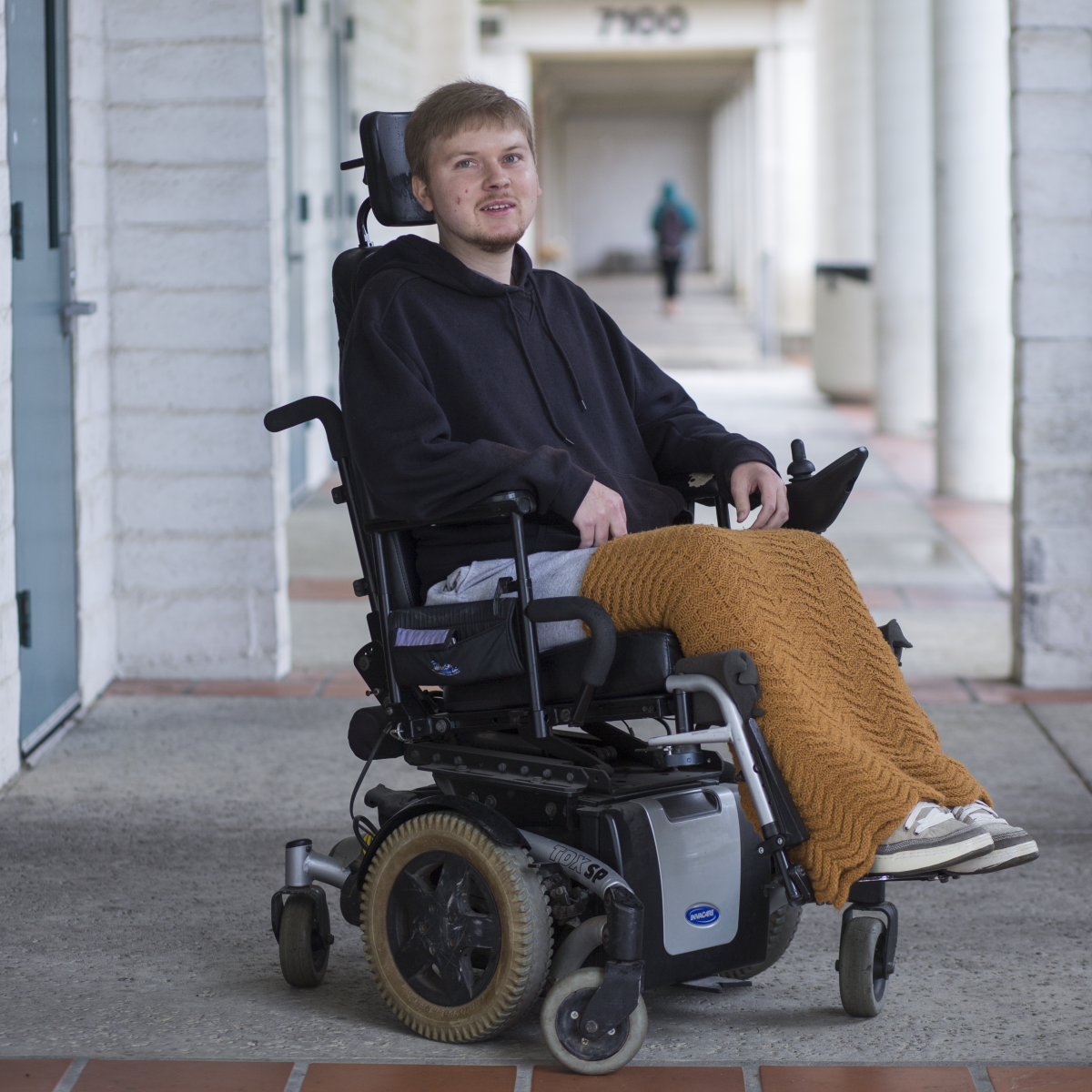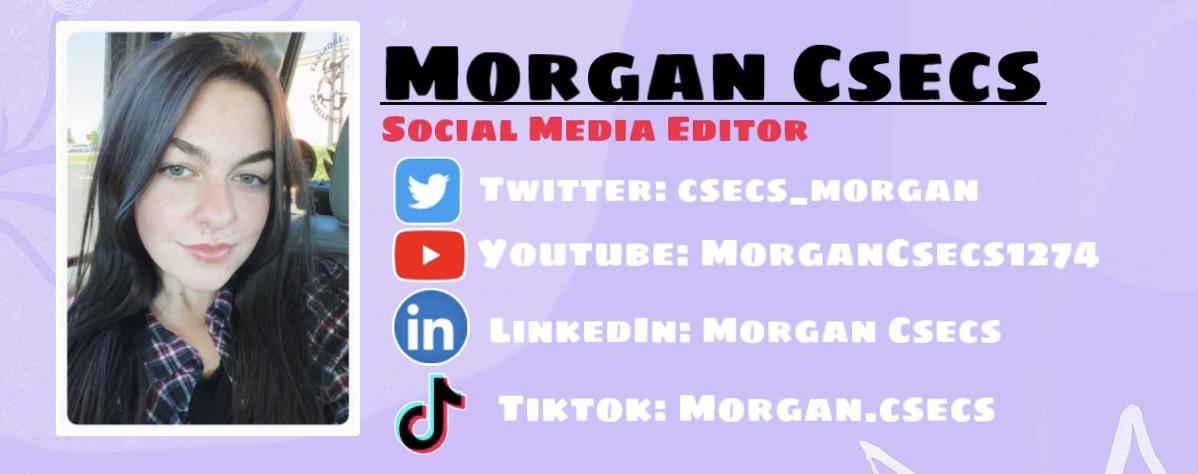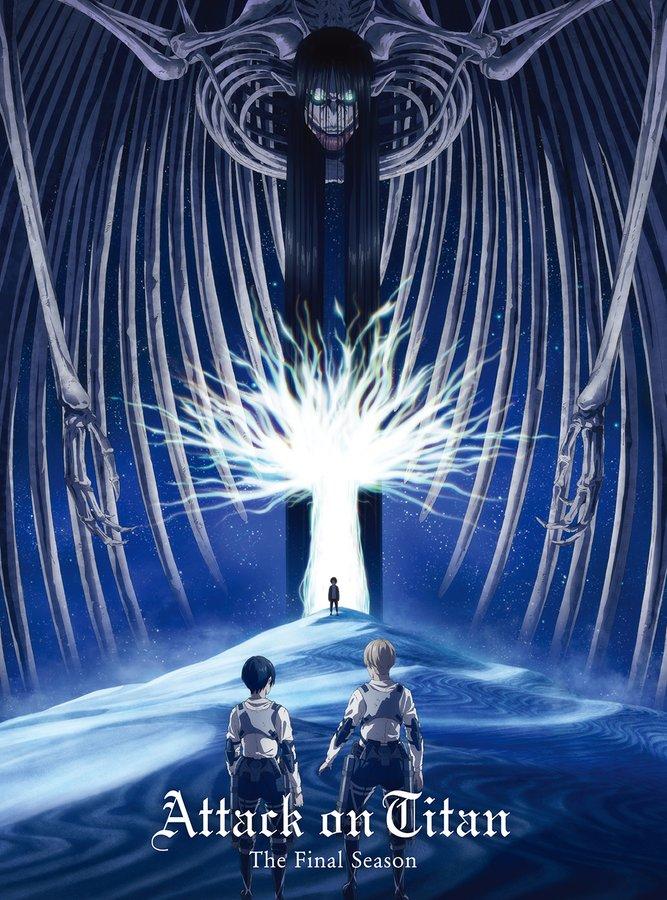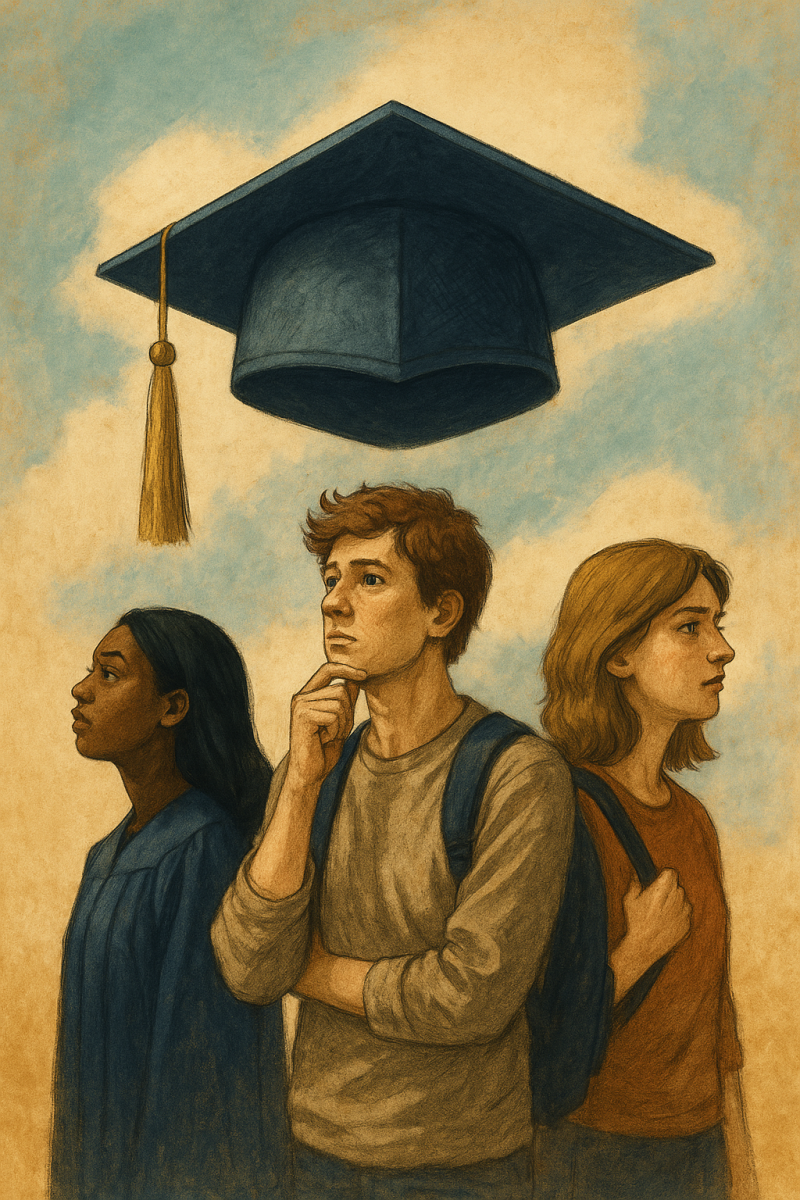Two worlds, one planet: What it’s like for a physically challenged student at Cuesta.
By Taylor Saugstad
Managing Editor
To some, sitting down all day would be relaxing. For others, it would be annoying. To me, always sitting down is just a fact. I don’t walk, I roll.
I have Becker muscular dystrophy, a genetic, degenerative disease that mainly affects my voluntary muscles. My arm muscles, from my shoulders to my elbows, my back muscles, and my leg muscles, from my hips to my knees are all getting weaker and losing strength over time.
This disability has made me unable to walk for over a decade and makes it difficult for me to raise my arms above my shoulders and impossible to lift heavy objects.
Everyday I use a power wheelchair to go everywhere. It is my greatest advantage and my greatest obstacle; it gets me to where I want to go, but separates me from the rest of society.
Every person that uses a wheelchair has a unique case depending on their specific disability.
This is my point-of-view of being a Cuesta student who is physically challenged.
The first thing I deal with on campus is parking. While this is normally a simple task, non-handicapped students sometimes temporarily park in handicapped spots in order to quickly grab a parking permit. This forces me to either wait for them or find another handicap spot in another parking lot. It is annoying, and also makes me late for class.
On my way to class, I must concentrate on the pathway ahead, because hitting any bump, dip, or crack in the cement or asphalt could cause me to have an accident.
When I get to the classroom, opening the door is one of the most challenging obstacles. I usually twist the door handle, pulling open the door by driving my wheelchair backwards, and swinging it open so I am able to swiftly drive through the open doorway. This normally works, unless someone unknowingly opens the door, slamming it into my hands or feet. But the easiest way to open a door is to ask someone who is just walking by.
Since the Lock Bloks have been installed, it has become easier to open doors from the inside. Now I can slowly push the door open with my feet, saving myself from a big ordeal or accidentally running into someone.
Once I’m inside the classroom I find a place to station myself, always trying to find an open area that is not blocking the way of any student viewing the whiteboard. I usually have to sit in the very front or the very back of the room, depending on where the door is located.
One of the biggest problems of being in a classroom is using textbooks due to their weight. Cuesta’s Disabled Students Programs and Services will provide me a digital versions of textbooks that I can put on a tablet. It also takes more time for me to look through the heavy textbooks, so using the digital version is great. One feature I really like is that I can search the whole book to find something I need. The only problem I find is that sometimes I cannot use the digital version on a tablet during an open-book test.
If I need my book in class, that can make things more difficult. Luckily, textbooks are rarely needed during class. If it seems that the book will be used in class often, I will ask a student or teacher to flip a desk around backwards so that I may utilize the surface.
I normally do not sit at a desk or table; I use my binder on my lap as a writing surface.
When I take a class in a computer lab, I cannot fit my knees under the normal stations since the keyboards roll-out from underneath. In all the Cuesta computer labs, there are DSPS stations where the desks have adjustable heights and the keyboard is on top of the desk.
I do not usually use the bathrooms at Cuesta, since this process takes me longer than the average person. I cannot just go into a bathroom and come out in under two minutes, this is normally an at-home process. But if I must use a bathroom, most bathrooms are easy to enter, I can push open the door or push a button to open the door.
Cuesta College seems to have one of the best DSPS departments. DSPS specializes in providing services to any person with any kind of disability. I do not use all of their services, but some other students may need services that I don’t even know exist.
A committee of various disabled students and staff, as well as non-disabled students and staff, meeting every other month to discuss any issues would be beneficial to DSPS and Cuesta as a whole.
These aspects I have mentioned are just a few of the things that I must deal with on an everyday basis; there also things that most non-handicapped people take for granted.
Overall, Cuesta’s campus is handicap friendly and whenever I need assistance with something, I am always able to find someone who will help find the right solution.




















